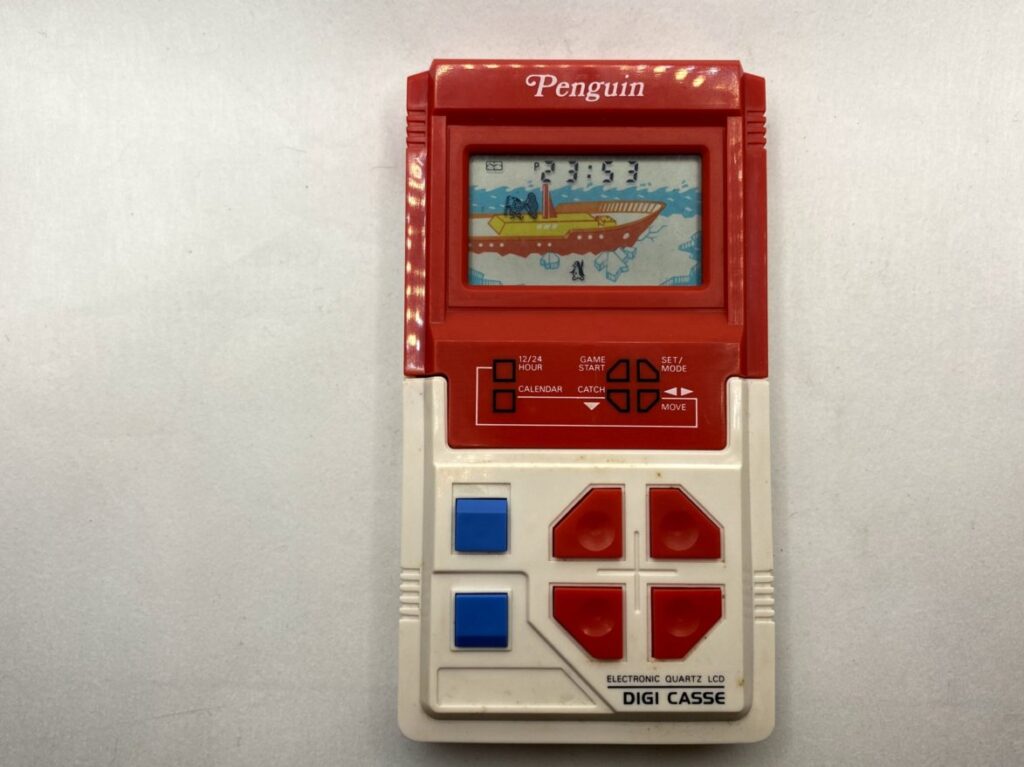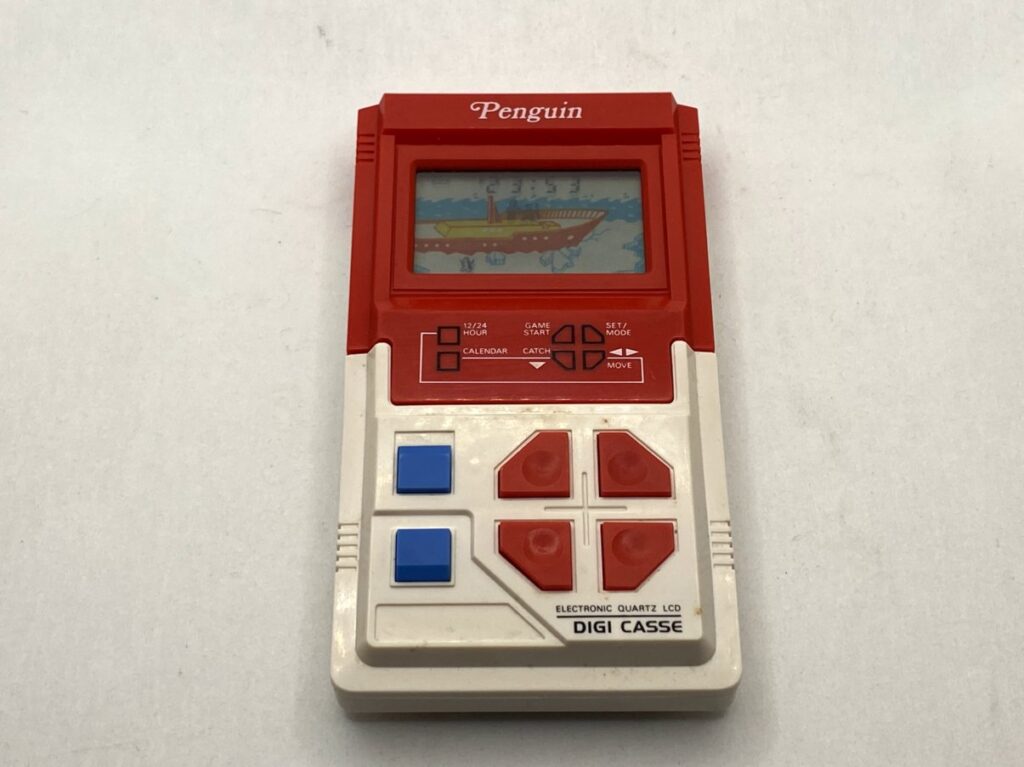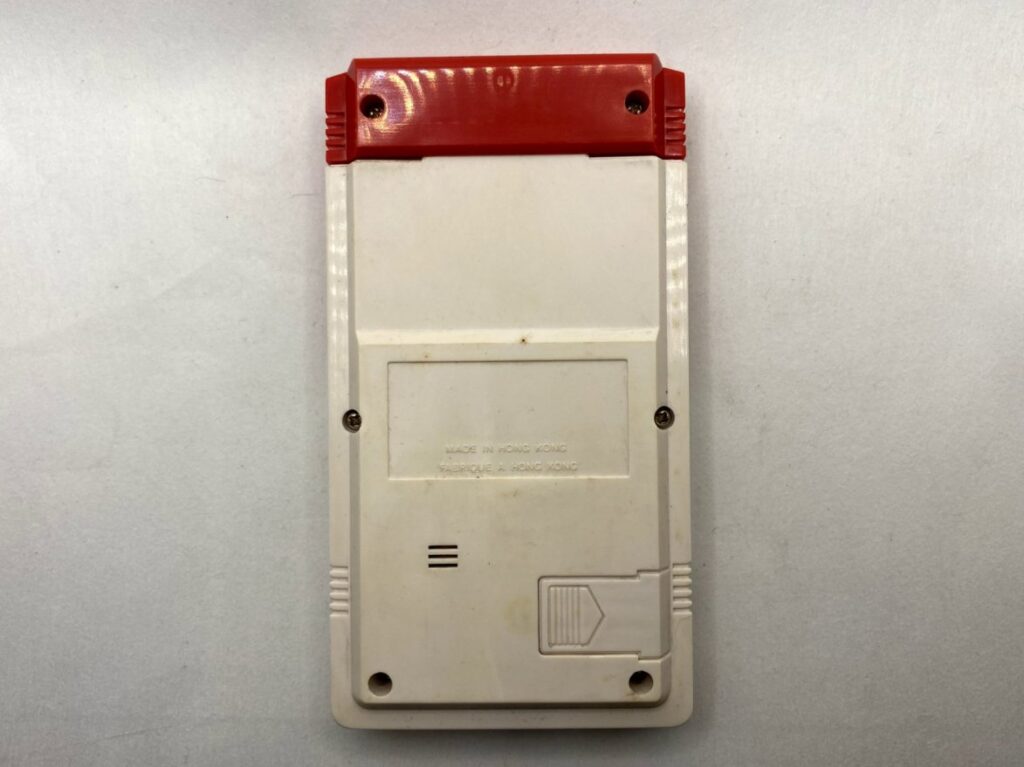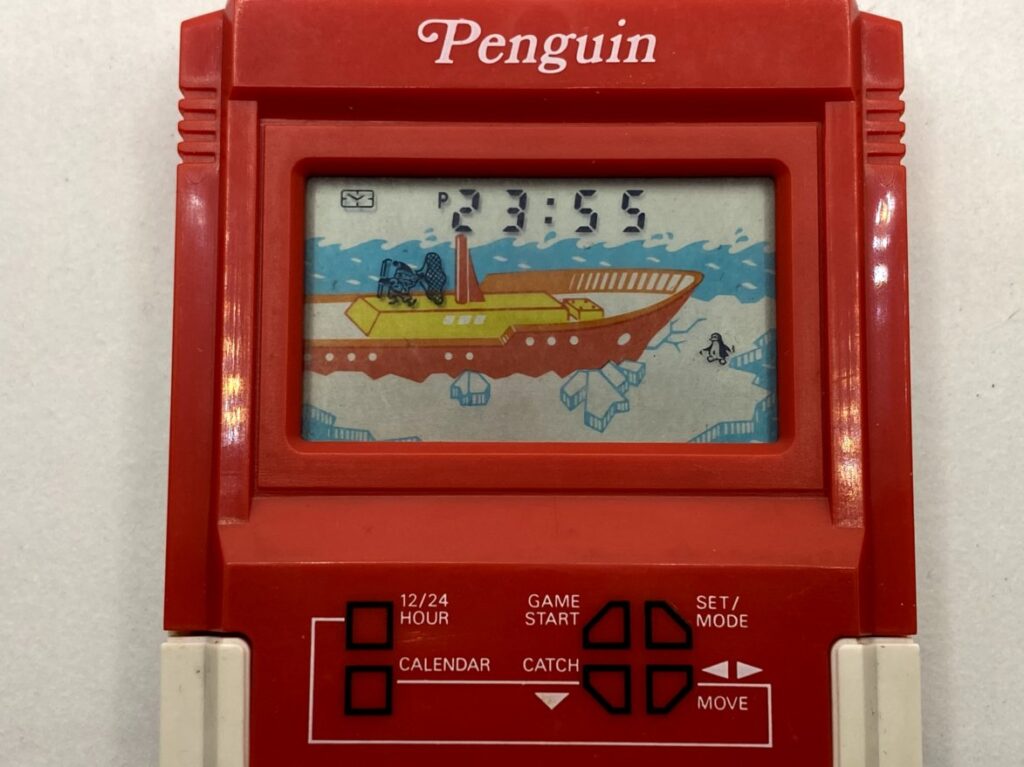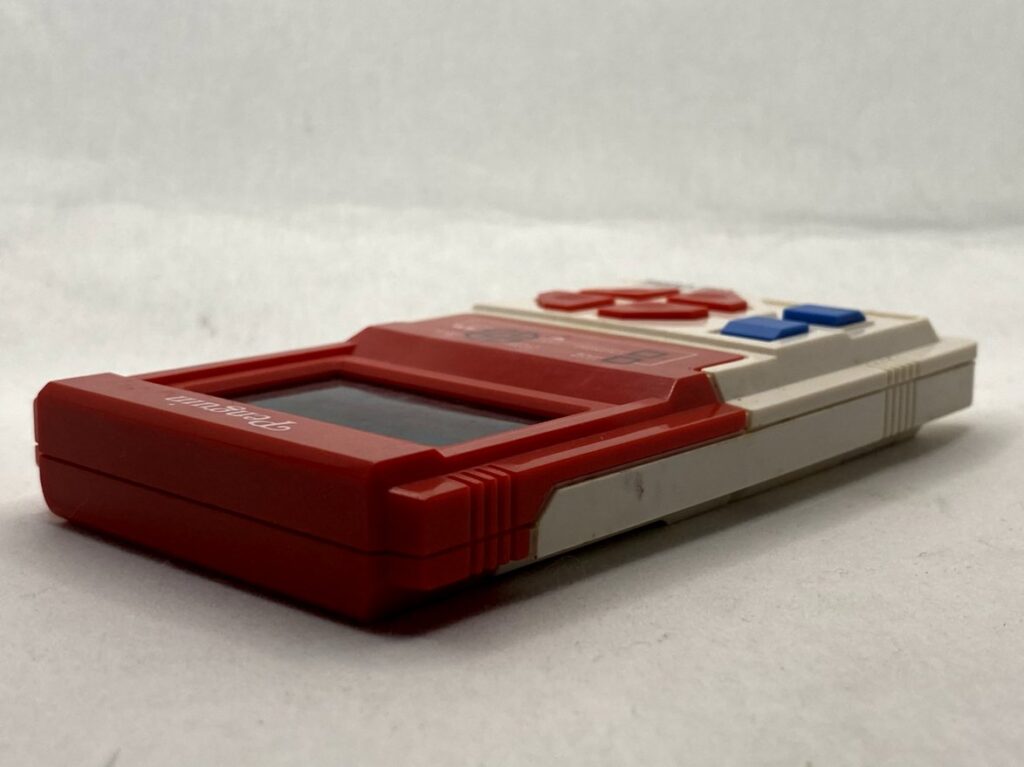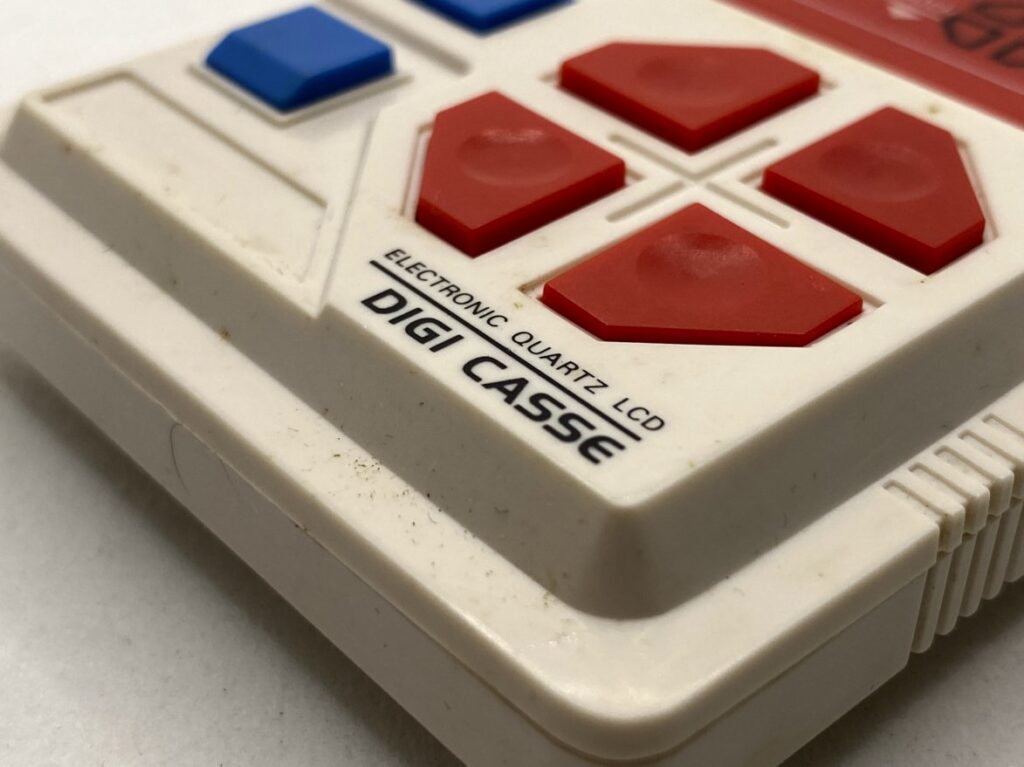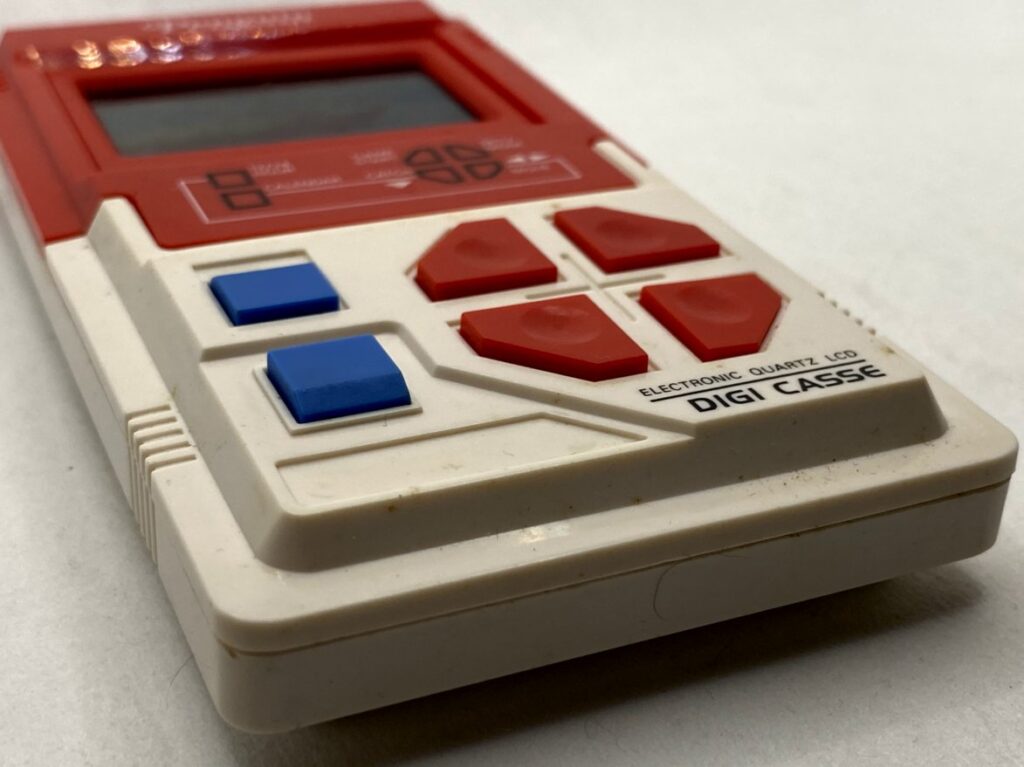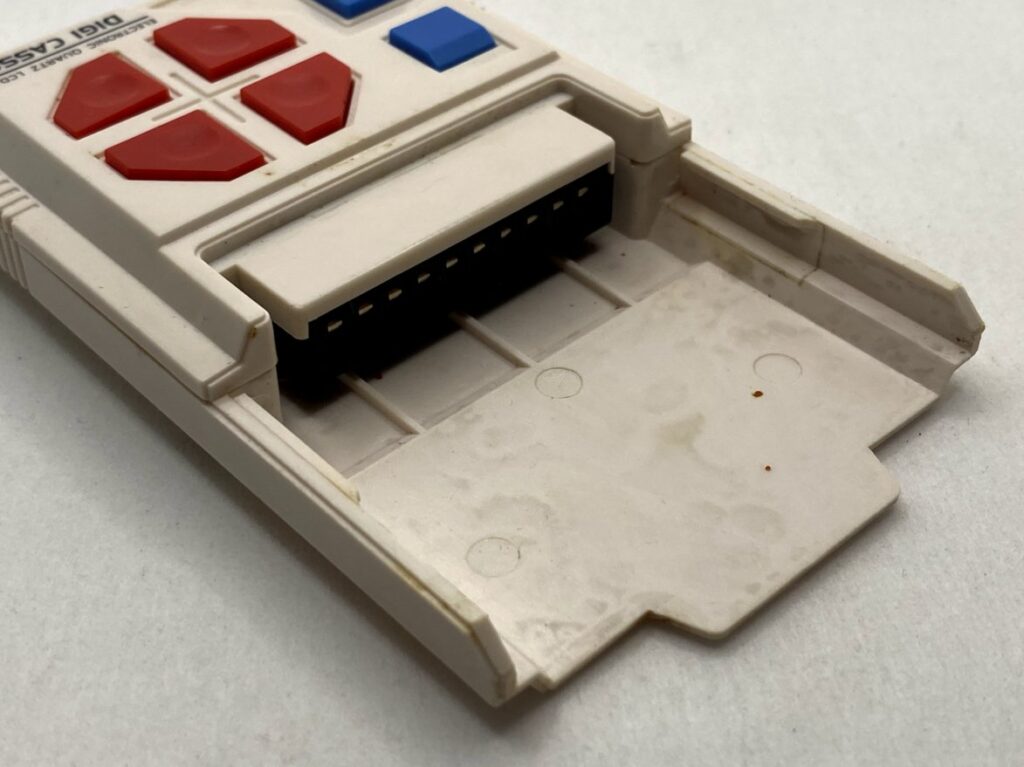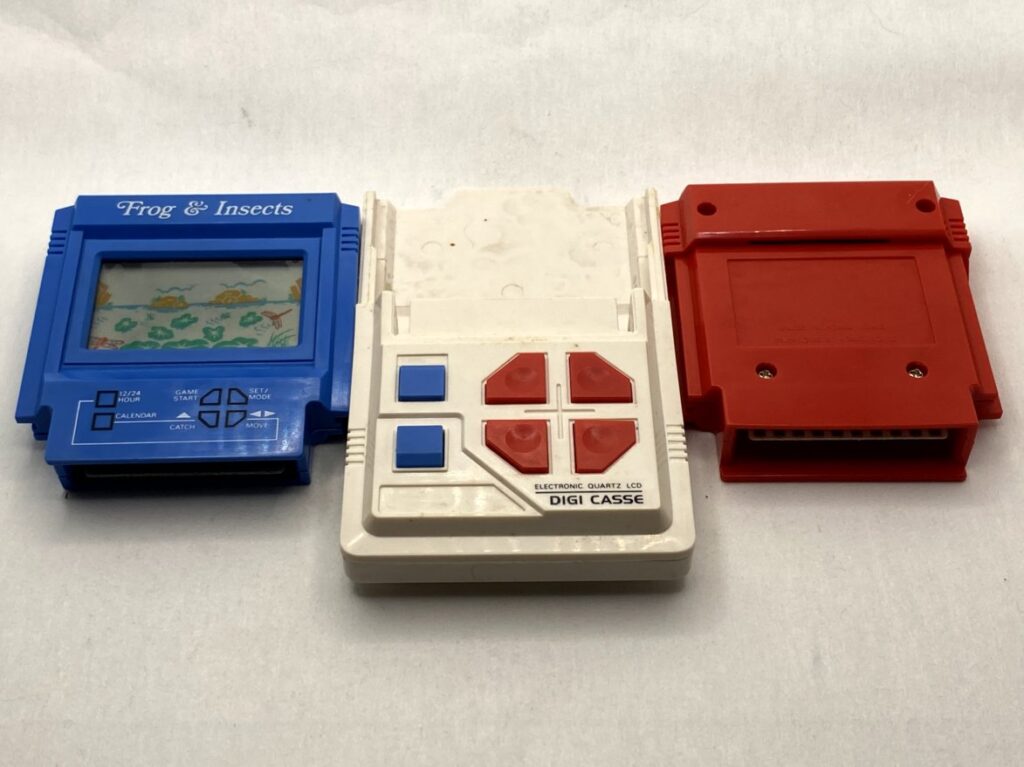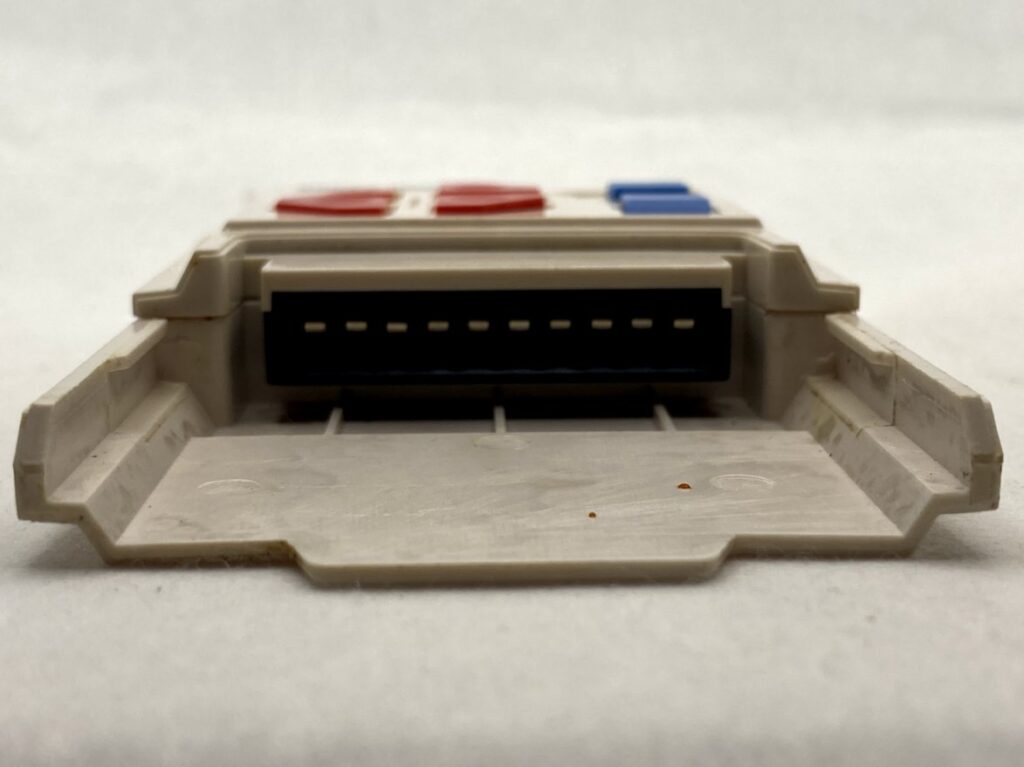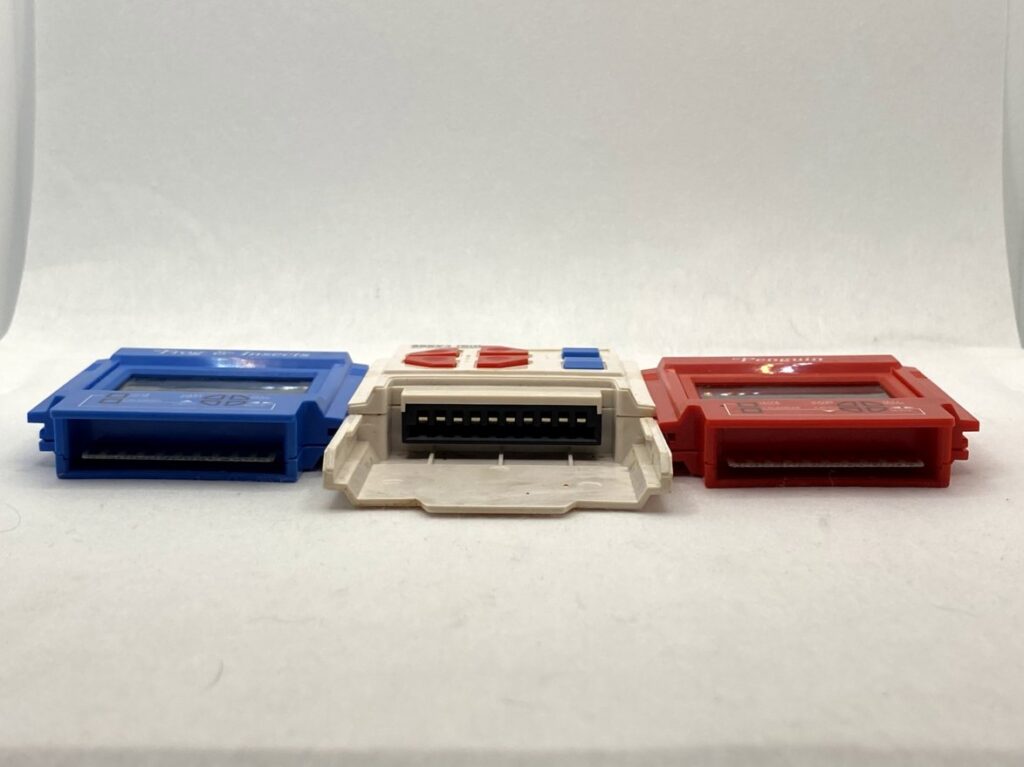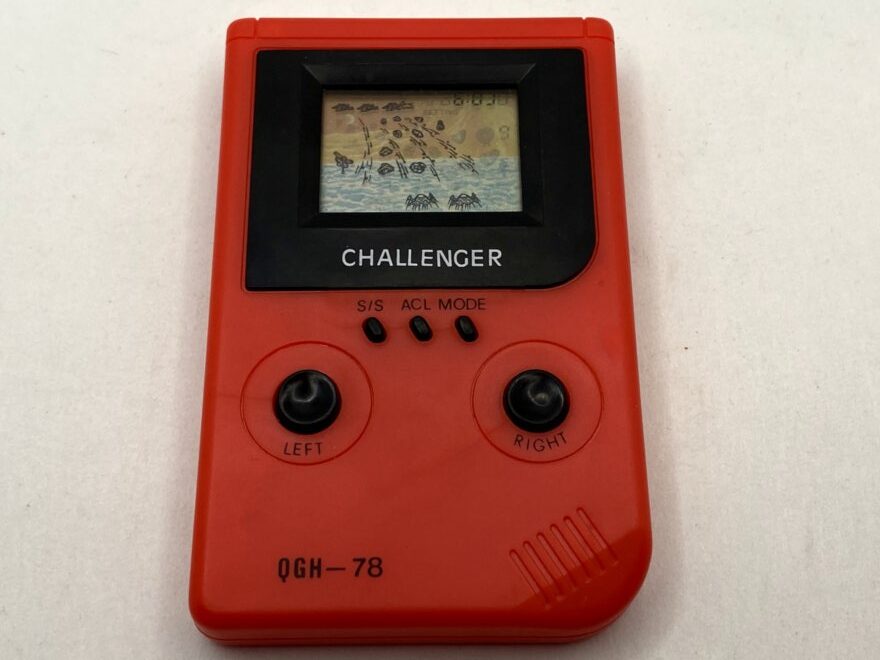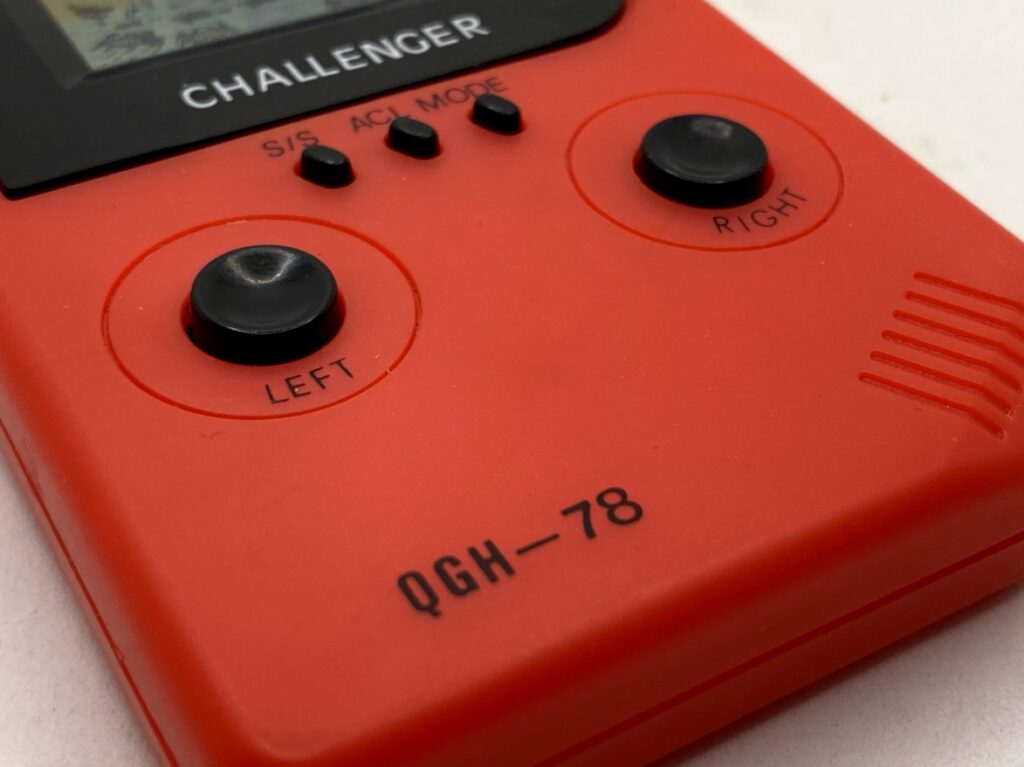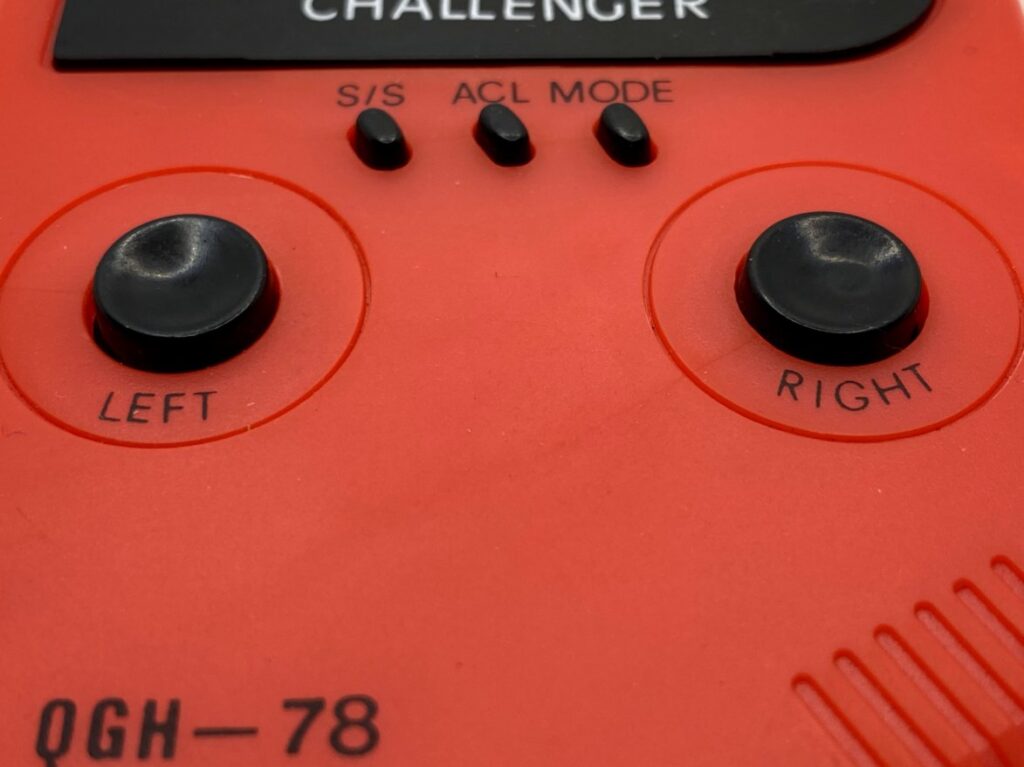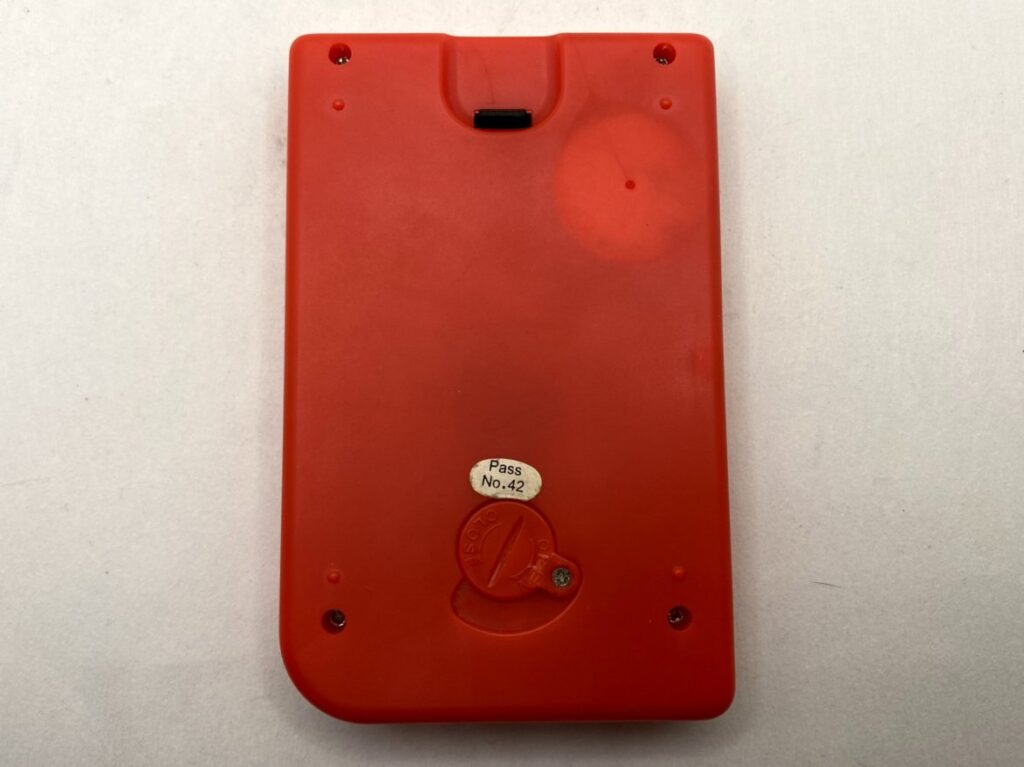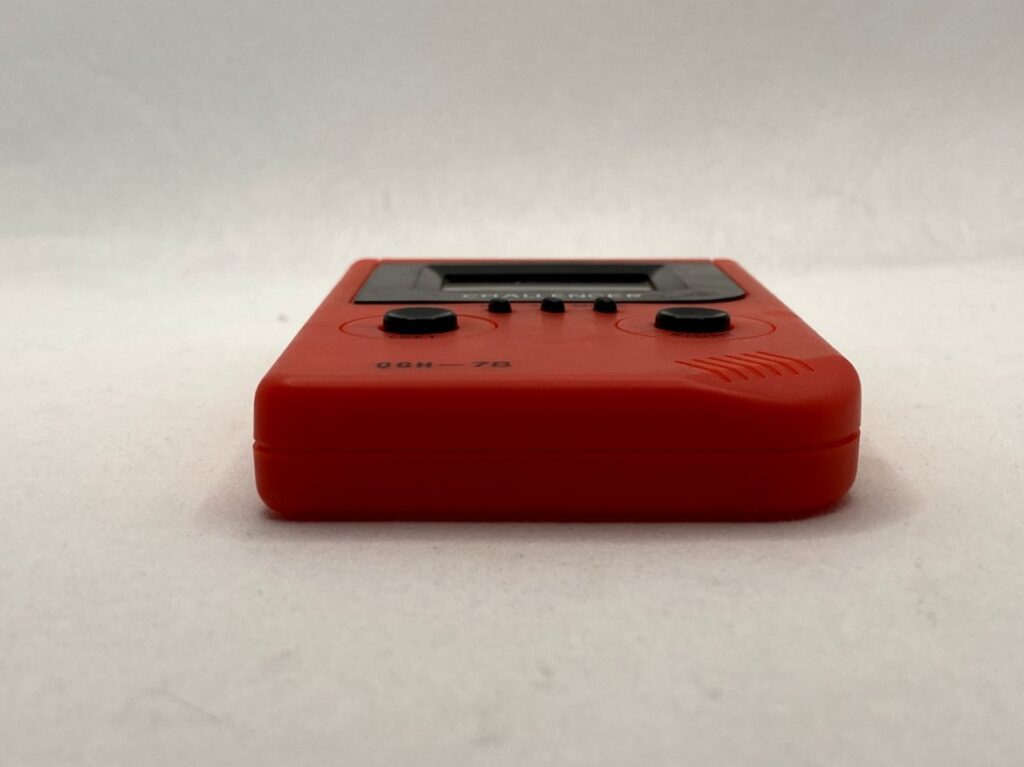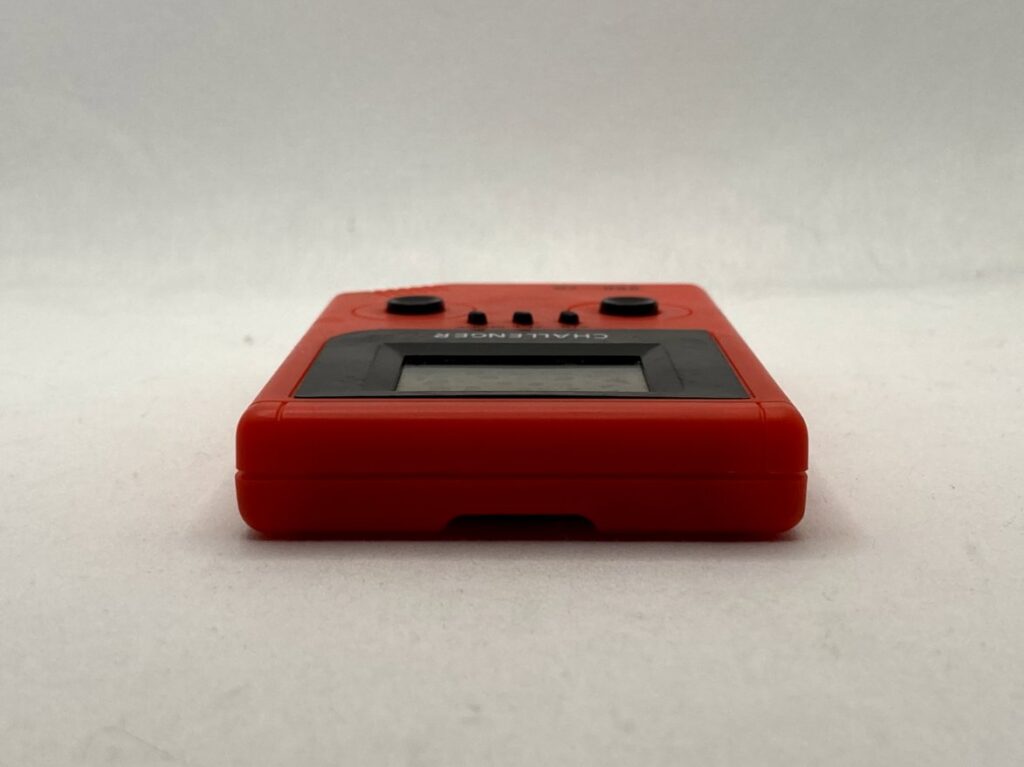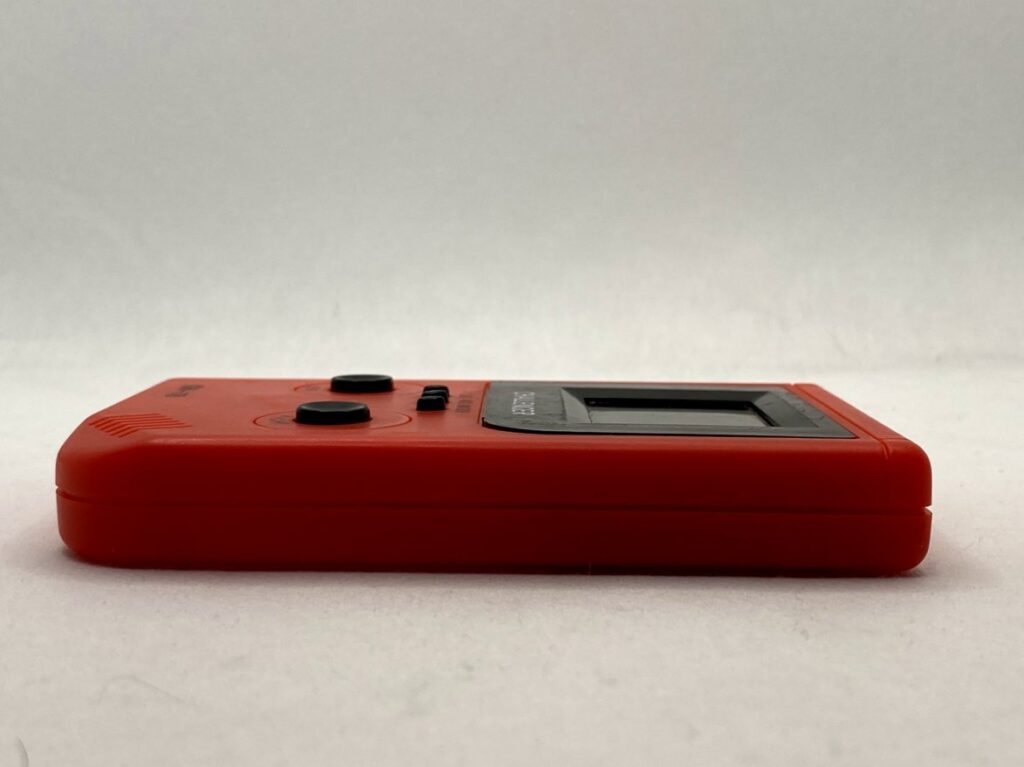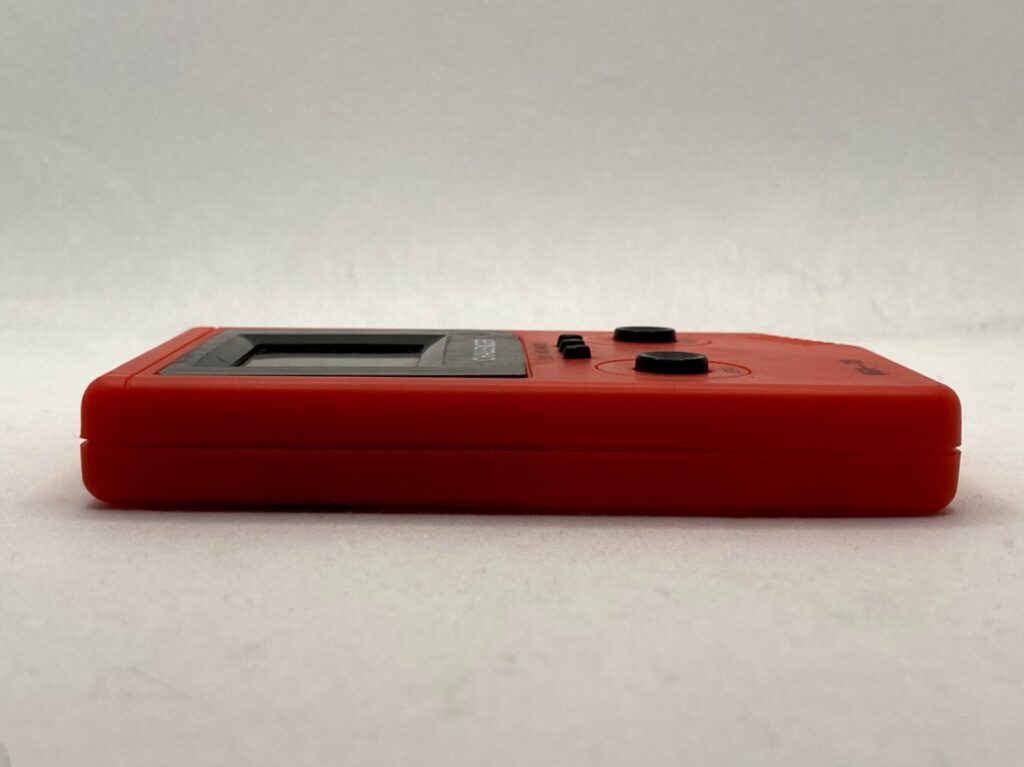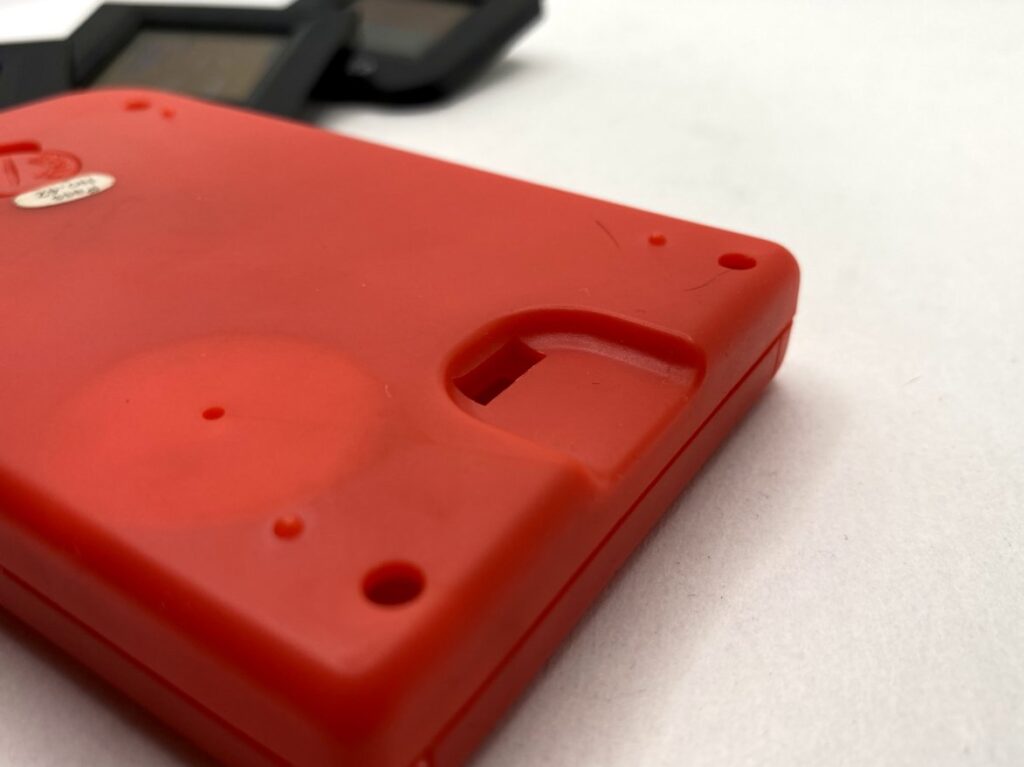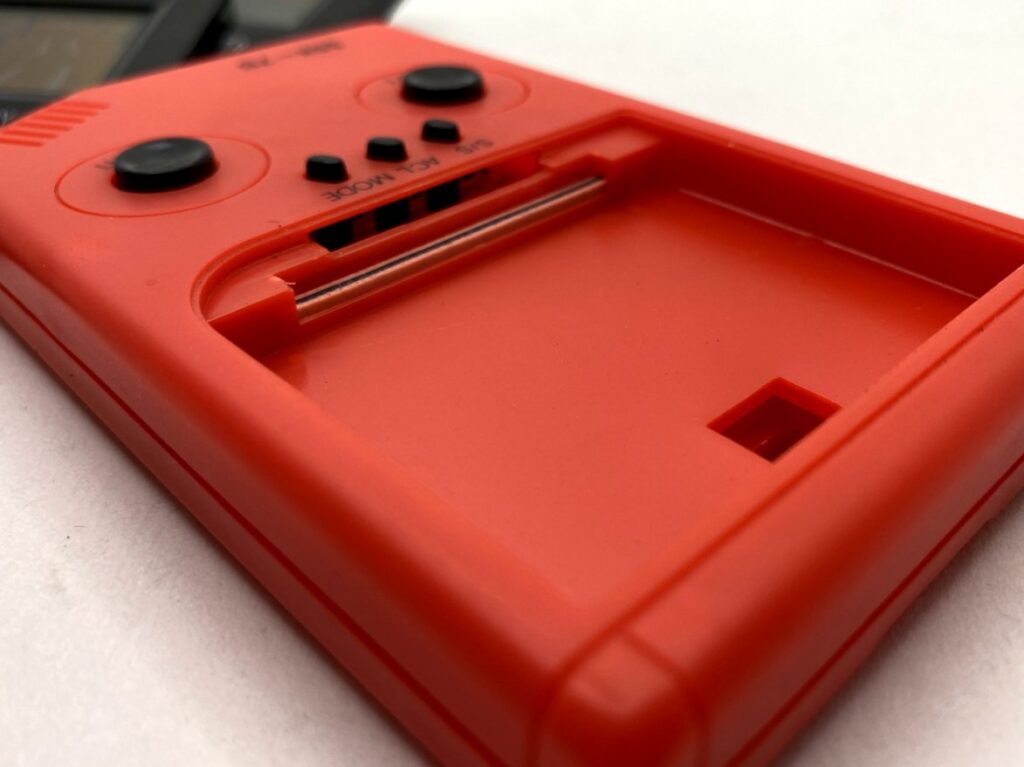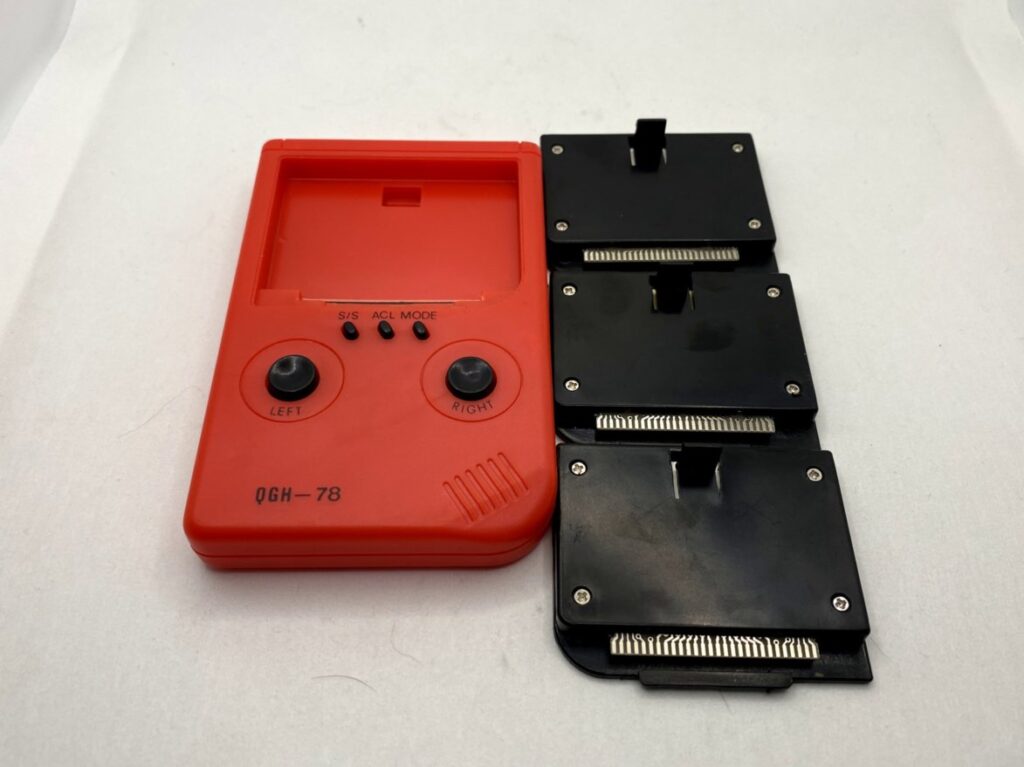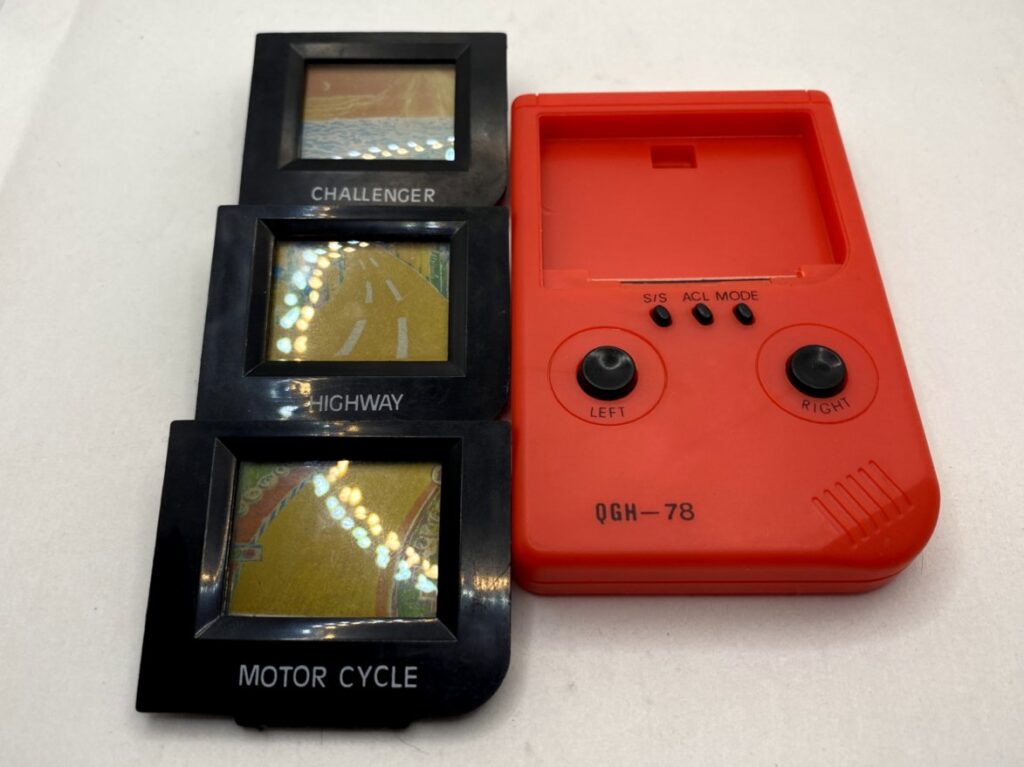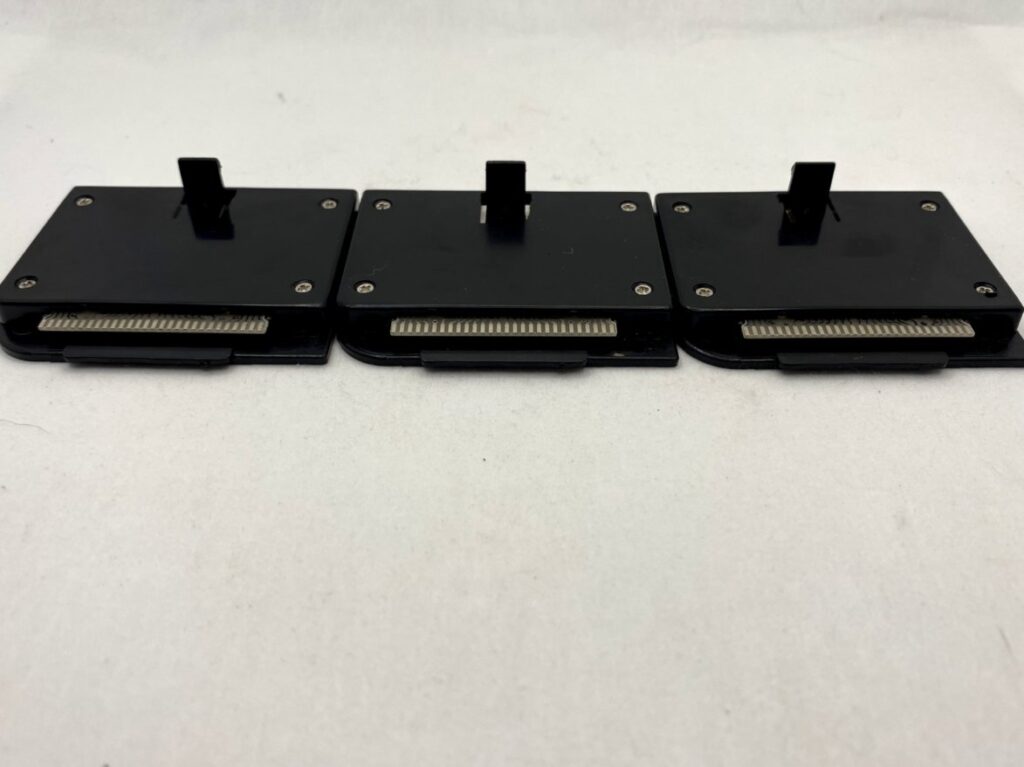Digi Casse, Game Kid and the LCD Game Catridge
February 27, 2021In the beignning there was Mattel Football, and it was good.
Technically, that’s not really true. The first handheld is popularly considered to be Mattel’s 1976 Auto Race (which you can read all about right here), but Unisonic also released a sort of handheld game of its own that same year: The Unisonic Casino 7 calculator. It’s not clear which came out first.
But what is clear is that while Unisonic’s Casino calculator went on to become the Jimmy the Greek 21 Pocket Blackjack Computer the next year, Mattel absolutely burst onto the scene with its Football, a game so popular it essentially invented handheld gaming.
These early systems, a mix of caclulator games and LED games built with calculator bits and pieces, defined the first generation of handheld gaming in the mid to late 70s.
In 1979, Smith Engineering kicked off the second generation of handhelds with its Microvision, a handheld that had the ability to deliver multiple games to one system. Around the same time Nintendo decided to get into the handheld gaming business with its single-game LCD Game & Watch handhelds. The company released 59 variations over the next half decade or so. Meanwhile, other companies were trying to make the leap from handheld games — systems with a singular title — to handheld consoles — systems with multiple interchangable games.
The Microvision clearly achieved that, but so did a bizarre collection of systems that used an entirely different approach. Where the Microvision’s cartridges included the processor for each game, it still relied on the single screen built into the system for every title.
Bandai’s Digi Casse took a different approach when it hit in 1984. The system itself features the power, speaker, and controls, but the cartridges each had their own built-in LCD screens. This was done because the game’s used the same approach as the Game & Watch titles, which just lit up existing artwork, instead of creating it wholesale on the screen.
This second generation console features six buttons. The two blue ones on the left of the system are typically used for switching between 12 and 24 hour time and displaying the calendar. The four red buttons on the right control the game. The top two are for starting and changing modes, while the bottom two are for gameplay.
The catridge itself has the name of the game printed across the top and a little diagram under its screen explaining what the buttons do for each title.
The system only had seven titles released for it: Frog & Insects, Penguin, Express Home Deliver, City Turbo Race, Hageranso, Mt. Fuji, and Submarine.
The system is powered by two LR44 button cell batteries, and doesn’t seem to have an off switch. There’s also no way to control volume, but it’s very low, so that doesn’t seem to be a big issue.
LCD games, like the Game & Watch and Bandai’s Digi Casse, sort of went away after the rise of the fourth generation handheld consoles like the Game Boy, Lynx, and Game Gear.
But that wasn’t entirely true for the Chinese games market where knock-offs based on the look (externally only) of systems like the Game Boy were very popular, and much less expensive.
A prime example of that is the QGH-78 by Queentex Company Limited. Also known as the Game Child or Game Kid, these systems hit in the mid-80s and featured nearly two different screen-based cartridges. With a design that looked a bit like the Game Boy and functionality that replicated the Digi Casse, the Game Kid is a sort of Franke-system.
Like the Digi Casse, the Game Kid lets users switch between games by swapping out the LCD screen, which is also home to a different title. The console itself is really just a power source, speaker, and five buttons. Three control modes, starting, and resetting, while the other two are A and B buttons.
The system ultimately had about 18 games released for it, but the three I’ve played are all very similar. You just move your car, motorcycle, or space ship left and right to avoid oncoming traffic or meteors.
Queentex, which later changed its name to Synco Tech Company, still makes cheap knock-off handhelds, though its most popular remains this line of Game Boy imitators.
Love retro handhelds? Well then, have I got a bunch of stories, videos, and pictures for you.
